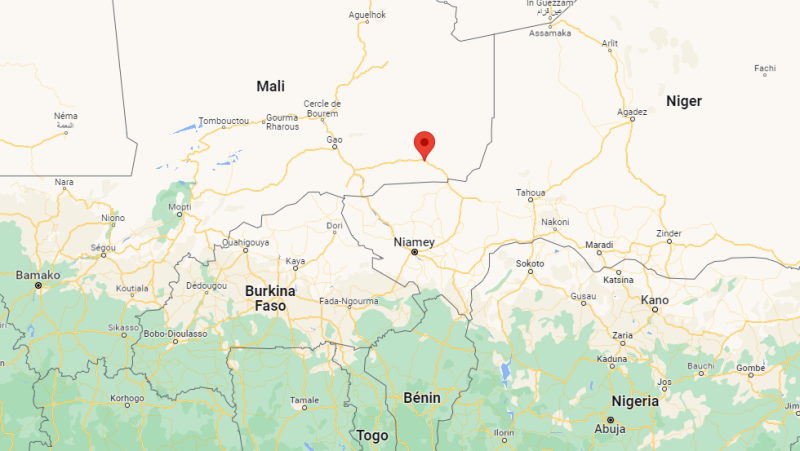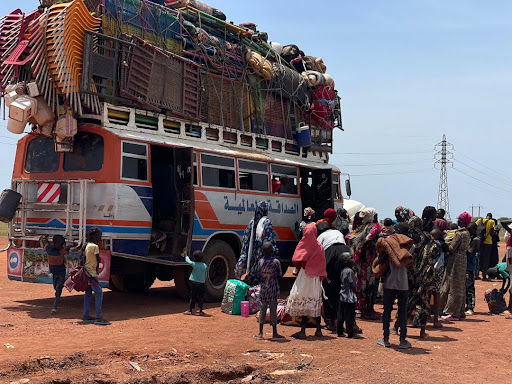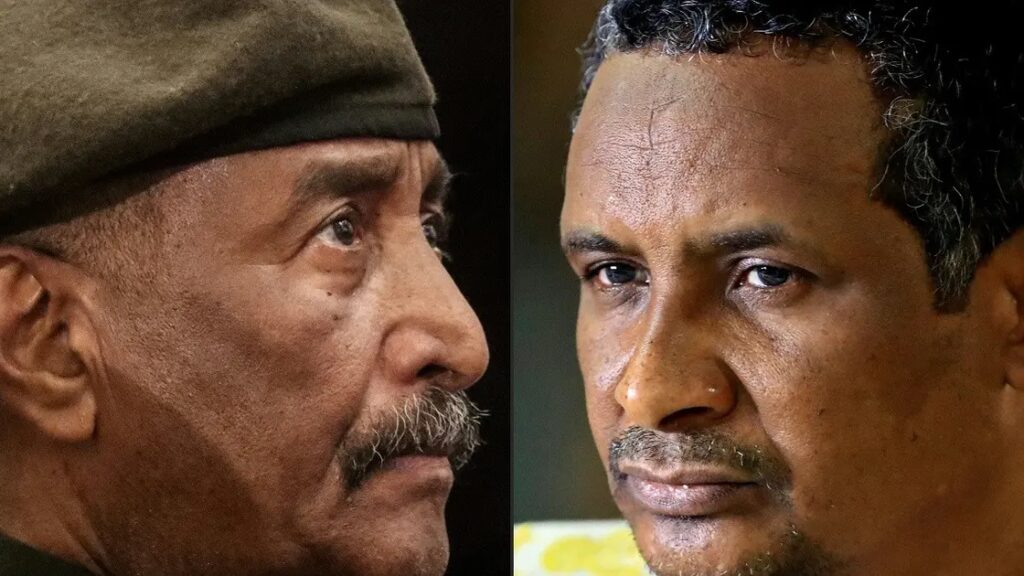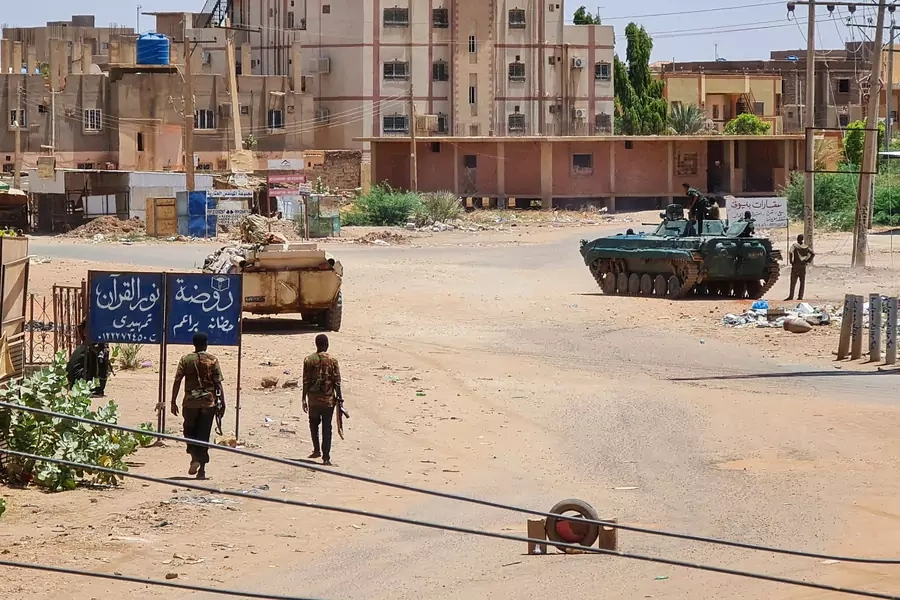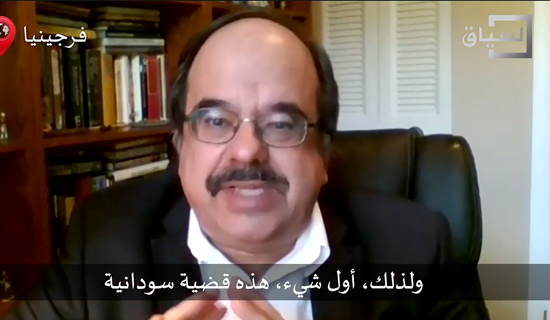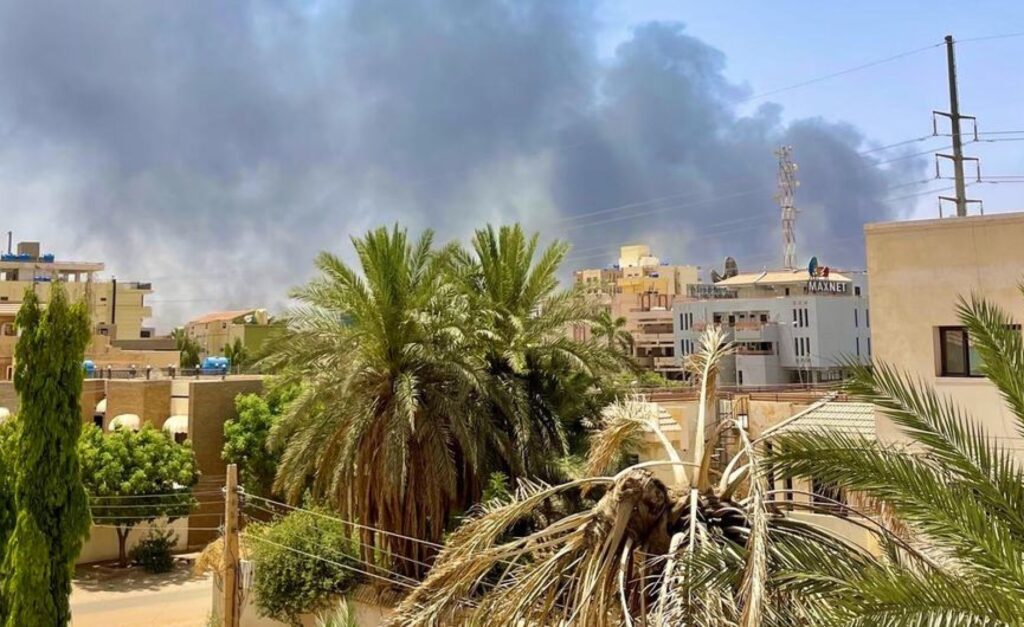Au Sahel, l’émir Iyad Ag-Ghali toujours vivant, toujours influent, toujours traqué
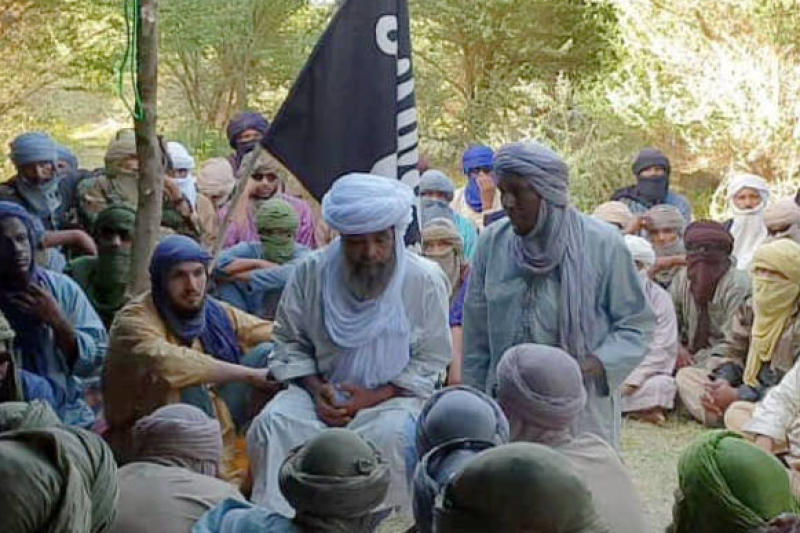
Depuis 2020, l’émir du Groupe de soutien à l’islam et aux musulmans (GSIM) doit faire face à la branche sahélienne de l’Etat islamique.
Ce sera peut-être son dernier combat, après tant de coups de feu tirés dans toutes les directions. Depuis quarante ans, Iyad Ag-Ghali s’est successivement battu pour la légion islamique de Mouammar Kadhafi au Liban et au Tchad, pour la cause touareg au sein des rébellions apparues dans le nord du Mali au tournant des années 1990, pour le compte d’Al-Qaida afin d’imposer une conception salafiste de la charia – la loi islamique – dans son pays et au-delà, contre les soldats des opérations militaires françaises « Serval », « Sabre » et « Barkhane ».

